Home>Articles>How Thick Should Foam Be For Dining Room Chairs
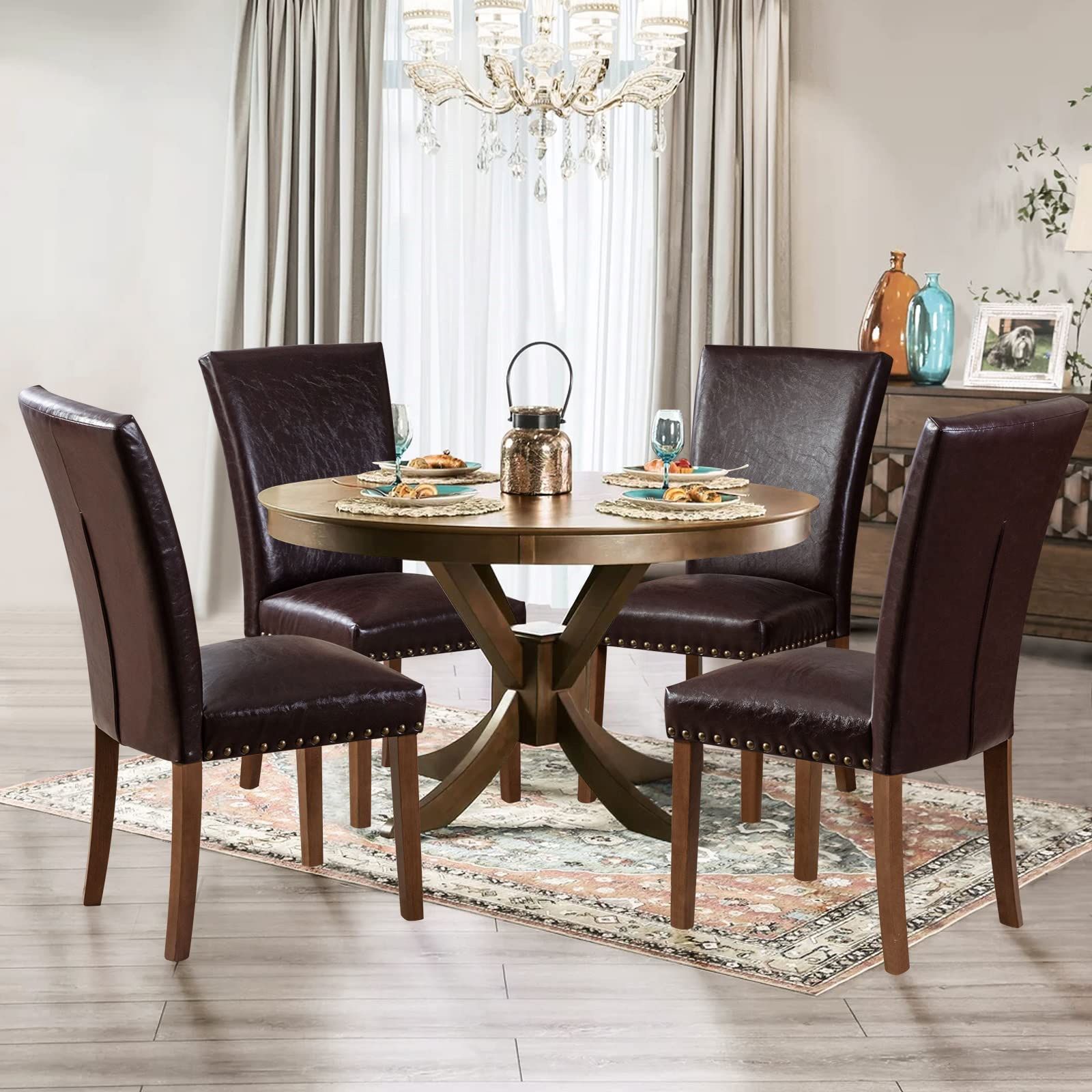

Articles
How Thick Should Foam Be For Dining Room Chairs
Modified: August 25, 2024
Get expert advice on choosing the right foam thickness for your dining room chairs. Read our informative articles to make an informed decision.
(Many of the links in this article redirect to a specific reviewed product. Your purchase of these products through affiliate links helps to generate commission for Storables.com, at no extra cost. Learn more)
Introduction
When it comes to dining room chairs, comfort is key. To ensure a comfortable seating experience, one crucial aspect to consider is the thickness of the foam used in the chair cushions. The right foam thickness can provide the necessary support and cushioning, allowing you and your guests to enjoy long conversations and delicious meals without feeling any discomfort.
Choosing the suitable foam for dining room chairs can be a bit overwhelming, especially with the wide range of options available. Factors such as the chair design, user preference, and intended use all play a significant role in determining the ideal foam thickness.
In this article, we will explore the important factors to consider when choosing foam thickness for dining room chairs, discuss common foam thickness options, weigh the pros and cons of different thicknesses, provide recommendations for different chair types, explain how to measure foam thickness accurately, and offer tips for installing foam on dining room chairs.
By the end of this article, you will have a clear understanding of how to select the appropriate foam thickness, ensuring unmatched comfort and support for your dining room chairs.
Key Takeaways:
- The right foam thickness for dining room chairs depends on factors like chair design, user preference, and intended use. From 1-inch for firmer seating to 4-inch for luxurious comfort, there’s a foam option for every preference and budget.
- Accurately measuring and installing the foam is crucial for optimal comfort and support. Consider the type of chair and follow the recommended guidelines to ensure a successful installation, transforming your dining room chairs into comfortable and inviting seating options.
Factors to Consider When Choosing Foam Thickness
When deciding on the foam thickness for your dining room chairs, it’s crucial to keep in mind several key factors. These factors will help you determine the optimal foam thickness that will provide both comfort and longevity for your chairs.
1. Chair Design: The design of the dining room chairs plays a significant role in determining the foam thickness. Different chair designs have varying seat depths and contours. Chairs with deeper seats may require thicker foam to provide adequate support, while chairs with shallower seats may only need a thinner foam cushion.
2. User Preference: Consider the preferences and needs of the individuals who will be using the chairs. Some people prefer a softer, more cushioned seat, while others may prefer a firmer, more supportive feel. Take into account the preferences of your family members or guests to ensure their comfort.
3. Intended Use: Think about how the dining chairs will be used. If they are mainly for formal dining occasions where people will be sitting for short periods, a thinner foam may suffice. However, if the chairs are often used for extended periods or for activities such as working or studying, a thicker foam cushion may be more suitable for added comfort and support.
4. Quality and Density of the Foam: The quality and density of the foam are important considerations for durability and comfort. Higher density foams generally provide better support and are more resistant to deformation over time. Opt for foam with a density of at least 1.8 pounds per cubic foot (pcf) for optimal durability.
5. Budget: Consider your budget when choosing the foam thickness. Thicker foam generally comes at a higher cost, so it’s essential to strike a balance between your desired level of comfort and your budget constraints.
By taking these factors into account, you can make an informed decision about the appropriate foam thickness for your dining room chairs. This will ensure that you choose a foam that not only provides the desired comfort but also meets your specific needs and preferences.
Common Foam Thickness Options for Dining Room Chairs
When selecting the foam thickness for your dining room chairs, you have several common options to choose from. These foam thicknesses cater to different comfort levels and can be selected based on your specific needs and preferences. Let’s explore the most commonly used foam thicknesses for dining room chairs:
- 1 inch: This is the thinnest foam option available and is typically used for chairs that require minimal cushioning. It provides a slight layer of padding and is suitable for chairs with shallow seat depths or for those who prefer a firmer seating experience. However, it may not be ideal for individuals seeking a lot of cushioning and support.
- 2 inches: A 2-inch foam thickness is often a versatile choice for dining room chairs. It offers a moderate level of cushioning and is suitable for chairs used for regular dining or short sitting periods. This thickness provides a good balance between comfort and support while being cost-effective.
- 3 inches: If you desire a plush and comfortable seating experience, a 3-inch foam thickness is a popular option. This size of foam provides ample cushioning and is well-suited for chairs used for extended periods or for individuals who prefer a softer and more supportive feel. It offers excellent contouring and pressure relief for enhanced comfort.
- 4 inches or more: For those seeking luxurious and exceptionally comfortable seating, a foam thickness of 4 inches or more is recommended. This thickness is ideal for chairs that are frequently used for long periods or for individuals with specific comfort needs. It provides a substantial layer of cushioning and support, ensuring optimal comfort even during extended sitting sessions.
It’s important to note that these are general recommendations, and the appropriate foam thickness may vary depending on other factors such as chair design, user preference, and intended use.
Consider your specific needs and comfort preferences when deciding on the foam thickness for your dining room chairs. Remember, finding the right balance between comfort, support, and affordability is key to ensuring an enjoyable dining experience for you and your guests.
Pros and Cons of Different Foam Thicknesses
When choosing the foam thickness for your dining room chairs, it’s important to weigh the advantages and disadvantages of each option. Understanding the pros and cons can help you make an informed decision based on your specific needs and preferences. Let’s explore the benefits and drawbacks of different foam thicknesses:
- 1 inch:
- Pros: It provides a firmer seating experience, suitable for individuals who prefer minimal cushioning. It is also the most cost-effective option.
- Cons: It may not offer sufficient support and cushioning for those seeking enhanced comfort. It may also wear out faster compared to thicker foam options.
- 2 inches:
- Pros: This thickness offers a good balance between comfort and support. It provides a moderate level of cushioning while remaining cost-effective.
- Cons: It may not be as plush as thicker foam options and may not provide enough cushioning for individuals who prefer a softer seating experience.
- 3 inches:
- Pros: This thickness provides a plush and comfortable seating experience. It offers excellent contouring, pressure relief, and is well-suited for extended sitting periods.
- Cons: It is pricier compared to thinner foam options, and it may feel too soft for individuals who prefer a firmer seat.
- 4 inches or more:
- Pros: This thickness offers a luxurious and exceptionally comfortable experience, ideal for long sitting sessions. It provides ample cushioning and support.
- Cons: It is the most expensive option and may make the chair feel too bulky for some individuals. It may also require additional modifications to the chair design.
Ultimately, the choice of foam thickness depends on your personal preferences, budget, and the intended use of the dining room chairs. Consider the level of comfort and support you desire, as well as the long-term durability of the foam. Finding the right balance between comfort and affordability ensures an enjoyable seating experience for you and your guests.
Foam for dining room chairs should be at least 1.5 inches thick for comfort and support. However, 2 inches or more is ideal for long-lasting comfort and durability.
Recommended Foam Thickness for Different Types of Dining Room Chairs
The recommended foam thickness for dining room chairs may vary depending on the type of chair and its specific design. Different types of chairs have distinct seating requirements, and selecting the appropriate foam thickness is crucial to ensure optimal comfort and support. Let’s explore the recommended foam thickness for various types of dining room chairs:
- Traditional Dining Chairs: Traditional dining chairs typically have a standard seat depth and a more upright sitting position. For these chairs, a foam thickness of 2 to 3 inches is generally recommended. This thickness provides a comfortable seating experience for regular dining occasions.
- Upholstered Dining Chairs: Upholstered dining chairs often have more padding and a plush seat. For these chairs, a foam thickness ranging from 3 to 4 inches is recommended. This thicker foam provides a luxurious and comfortable seating experience.
- High Back Dining Chairs: High back dining chairs offer additional back support and often feature a deeper seat. For these chairs, a foam thickness of 3 to 4 inches is recommended to ensure proper cushioning and support for both the seat and the backrest.
- Armchair Style Dining Chairs: Armchair style dining chairs have armrests that provide extra support and comfort. For these chairs, a foam thickness ranging from 3 to 4 inches is recommended. This thickness ensures a plush and comfortable seating experience, especially when resting your arms on the armrests.
- Bench Style Dining Seats: Dining benches typically have a wider seating area compared to individual chairs. For bench-style seating, a foam thickness of 4 inches or more is recommended to accommodate the larger seating area and provide ample cushioning for multiple individuals.
It’s important to keep in mind that these recommendations are based on general guidelines. Factors such as user preference and intended use should also be taken into consideration when deciding on the foam thickness for dining room chairs.
By choosing the appropriate foam thickness based on the type of chair, you can ensure optimal comfort and support, enhancing your dining experience and making your guests feel welcome and at ease.
How to Measure the Foam Thickness for Dining Room Chairs
Measuring the foam thickness accurately is essential to ensure you select the right replacement foam for your dining room chairs. Follow these steps to measure the foam thickness effectively:
- Remove the existing cushion: Start by removing the cushion from the dining room chair. Carefully detach it from the seat frame or cover, taking note of any attachment mechanisms or fasteners.
- Lay the foam flat: Lay the foam cushion flat on a clean, flat surface. Ensure there are no wrinkles or folds in the foam that could affect the accuracy of your measurements.
- Measure the length and width: Use a measuring tape to measure the length and width of the foam cushion. Measure from edge to edge, taking into account any rounded or curved corners.
- Measure the thickness: Use a ruler or measuring tape to measure the thickness of the foam cushion. Place the measuring tool perpendicular to the flat surface and measure from the bottom to the top of the foam. Ensure a straight and vertical measurement for accurate results.
- Record the measurements: Take note of the measurements for the length, width, and thickness of the foam cushion. It is advisable to record the measurements in inches or centimeters for easier reference when shopping for replacement foam.
Keep in mind that foam thickness can compress over time, especially if it has been used for an extended period. To ensure the most accurate measurements, it may be helpful to remove the foam from the cushion cover and allow it to regain its original shape before measuring.
By measuring the foam thickness accurately, you can confidently choose the correct replacement foam that will fit your dining room chairs perfectly. This will ensure optimal comfort and support for you and your guests during meals and gatherings.
Tips for Installing Foam on Dining Room Chairs
Installing foam on dining room chairs is a straightforward process that can significantly enhance the comfort and appearance of your chairs. Whether you are replacing the foam or adding an extra layer, here are some helpful tips to ensure a successful installation:
- Choose the right foam: Select foam that is the appropriate thickness and density for your desired level of comfort. Consider the factors mentioned earlier in this article, such as chair design, user preference, and intended use, to determine the optimal foam for your dining room chairs.
- Prep the chair: Start by cleaning and preparing the chair for foam installation. Remove any existing foam or cushioning materials, and ensure the seat frame is clean and free of debris. If necessary, make any repairs or adjustments to the chair structure before proceeding.
- Trace and cut the foam: Place the foam on a clean and flat surface and position the chair seat upside down on top of it. Trace the outline of the seat frame onto the foam using a marker or pencil. Use sharp scissors or a utility knife to carefully cut along the traced line, ensuring a clean and accurate cut.
- Secure the foam: Attach the foam to the chair seat using an adhesive spray or upholstery adhesive. Apply the adhesive to both the chair seat and the bottom surface of the foam. Allow the adhesive to become tacky before carefully placing the foam onto the seat, ensuring it aligns with the edges of the seat frame.
- Smooth out wrinkles and folds: Gently press down on the foam to secure it to the chair seat, smoothing out any wrinkles or folds as you go. Ensure the foam is evenly distributed and properly adhered to avoid any lumps or bumps in the seating surface.
- Trim excess foam: If there is any excess foam extending beyond the edges of the seat frame, use a utility knife or scissors to trim it carefully, creating a neat and finished appearance.
- Reattach the cushion cover: Once the foam is securely and smoothly installed, reattach the cushion cover to the chair seat. Follow the original attachment mechanisms or employ new ones if necessary. Ensure the cover fits snugly and securely to provide a polished and professional look.
By following these tips, you can successfully install foam on your dining room chairs, transforming them into comfortable and inviting seating options. Always take care when handling sharp tools and adhere to safety precautions while working on your chairs.
Conclusion
Choosing the right foam thickness for your dining room chairs is essential in providing optimal comfort and support. By considering factors such as chair design, user preference, and intended use, you can select the ideal foam thickness that caters to your specific needs.
From the thin 1-inch foam for those who prefer a firmer seat to the plush 4-inch or more foam for luxurious comfort, there are various options available to suit every preference. It’s important to weigh the pros and cons of each foam thickness and consider your budget when making your decision.
Additionally, different types of dining room chairs have distinct requirements for foam thickness. Traditional dining chairs, upholstered chairs, high back chairs, armchair-style chairs, and bench-style seating may all benefit from different foam thickness levels.
When measuring the foam thickness, accurately measuring the length, width, and thickness ensures that you select the right size replacement foam. And when installing the foam on your dining room chairs, prepping the chair, cutting the foam to fit, and securing it properly are key steps for a successful installation.
In conclusion, by taking into consideration the factors mentioned in this article and following the recommended guidelines, you can make informed choices about the foam thickness for your dining room chairs. This will result in enhanced comfort, increased longevity for your chairs, and a more enjoyable dining experience for you, your family, and your guests.
So, invest the time and effort into selecting the right foam thickness, and transform your dining room chairs into seats that provide both comfort and style.
Excited about revamping your dining room chairs with the perfect foam thickness? Keep the momentum going and consider enhancing your bathroom comfort as well. Our next feature delves into the best seat cushion options for 2024, ensuring your time spent in every corner of your home is nothing short of comfortable. From plush textures to ergonomic designs, find out which cushions promise to transform your toilet experience from basic to blissful.
Frequently Asked Questions about How Thick Should Foam Be For Dining Room Chairs
Was this page helpful?
At Storables.com, we guarantee accurate and reliable information. Our content, validated by Expert Board Contributors, is crafted following stringent Editorial Policies. We're committed to providing you with well-researched, expert-backed insights for all your informational needs.


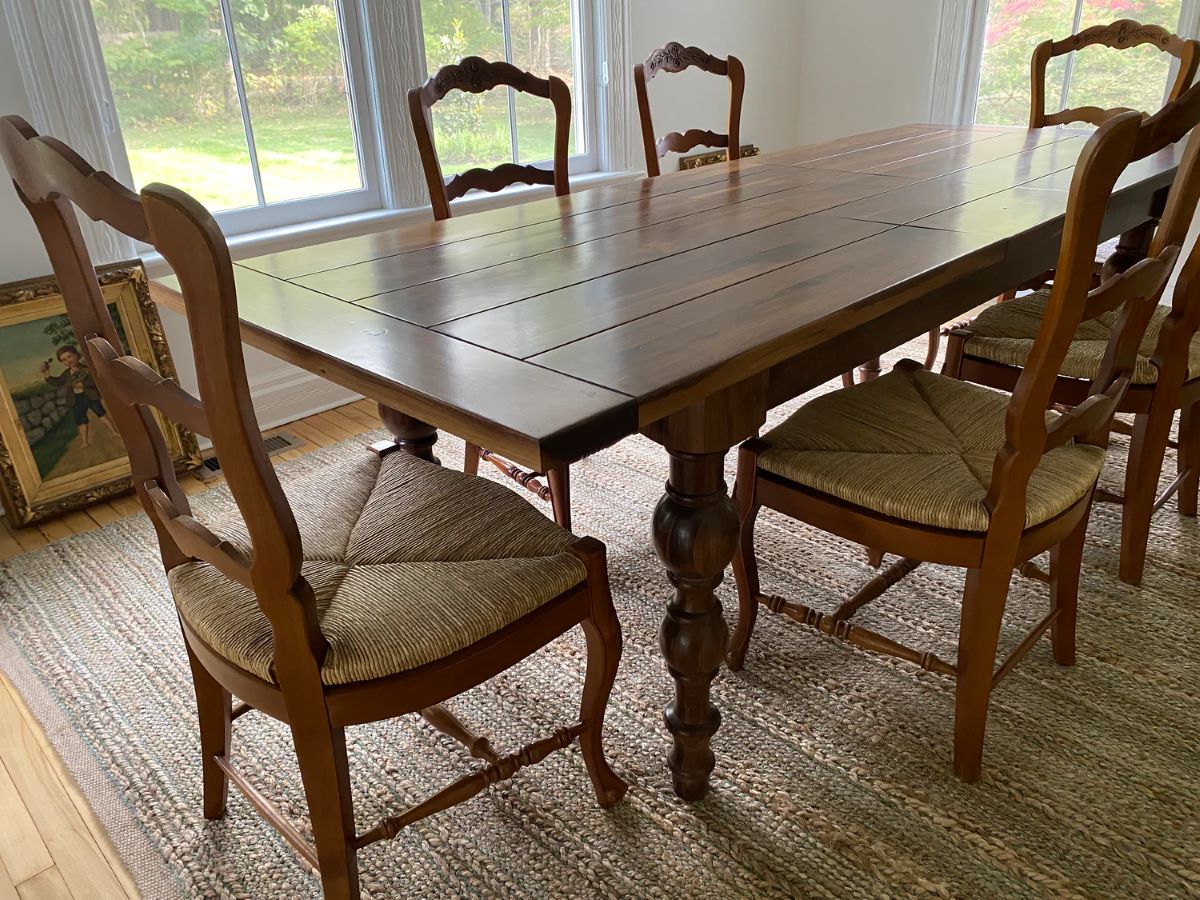
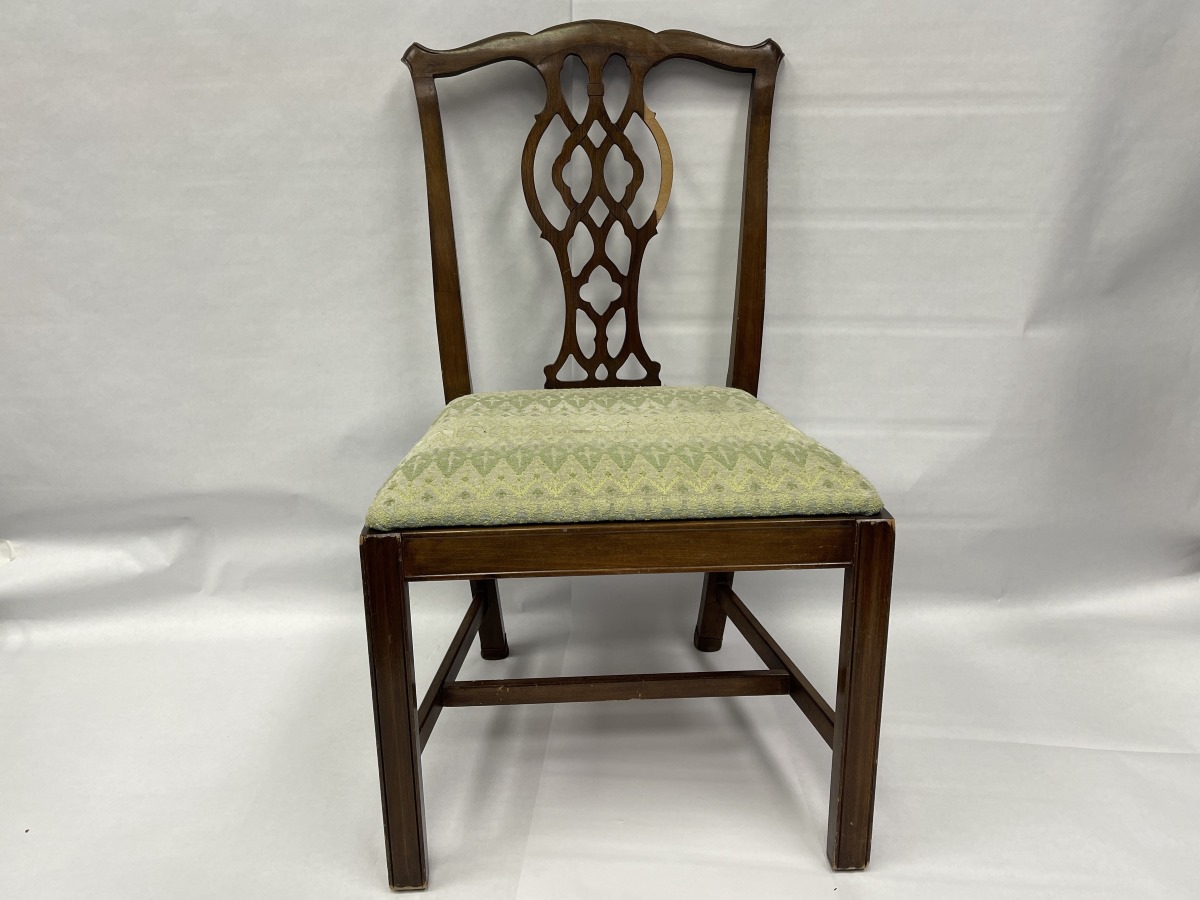

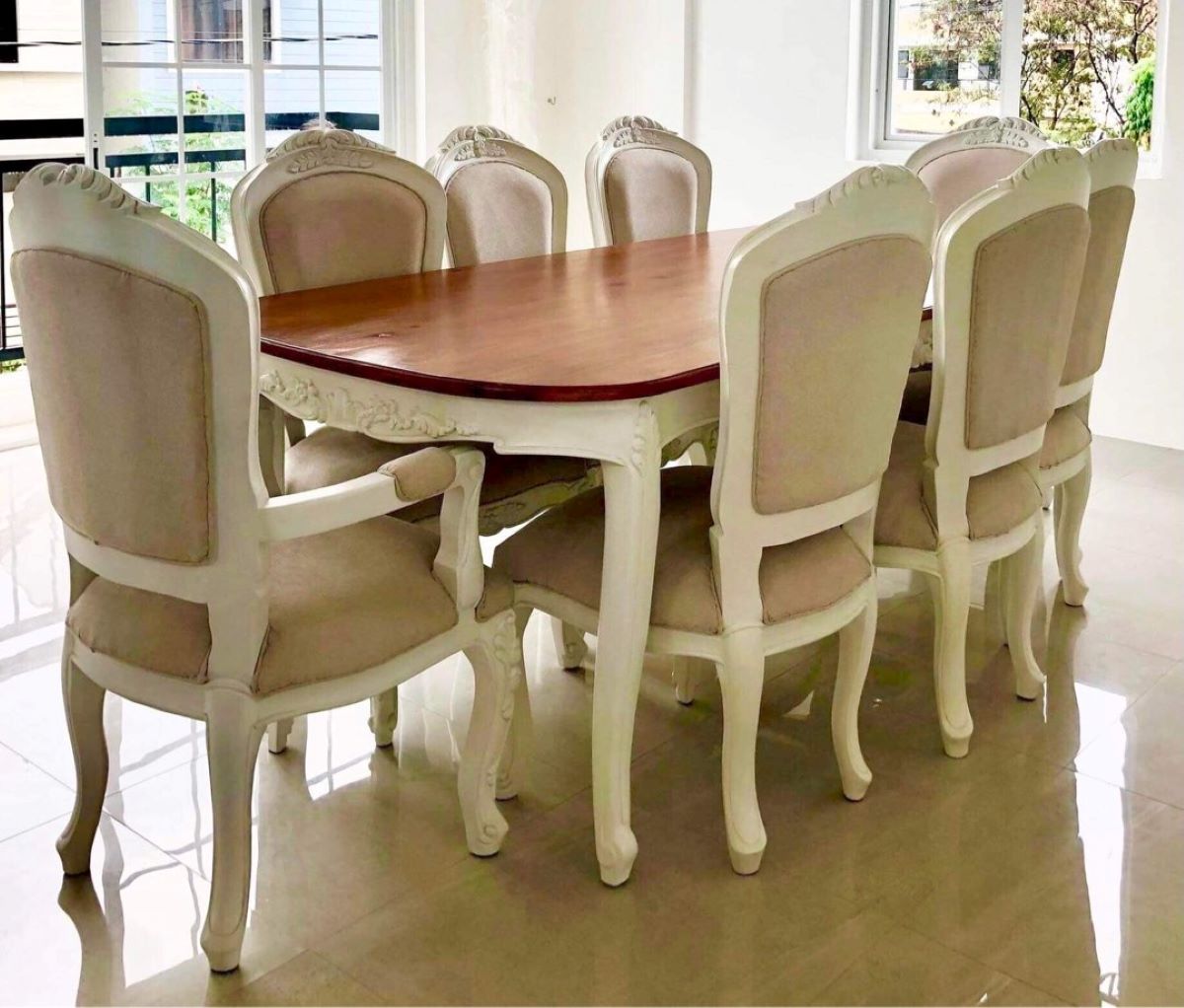
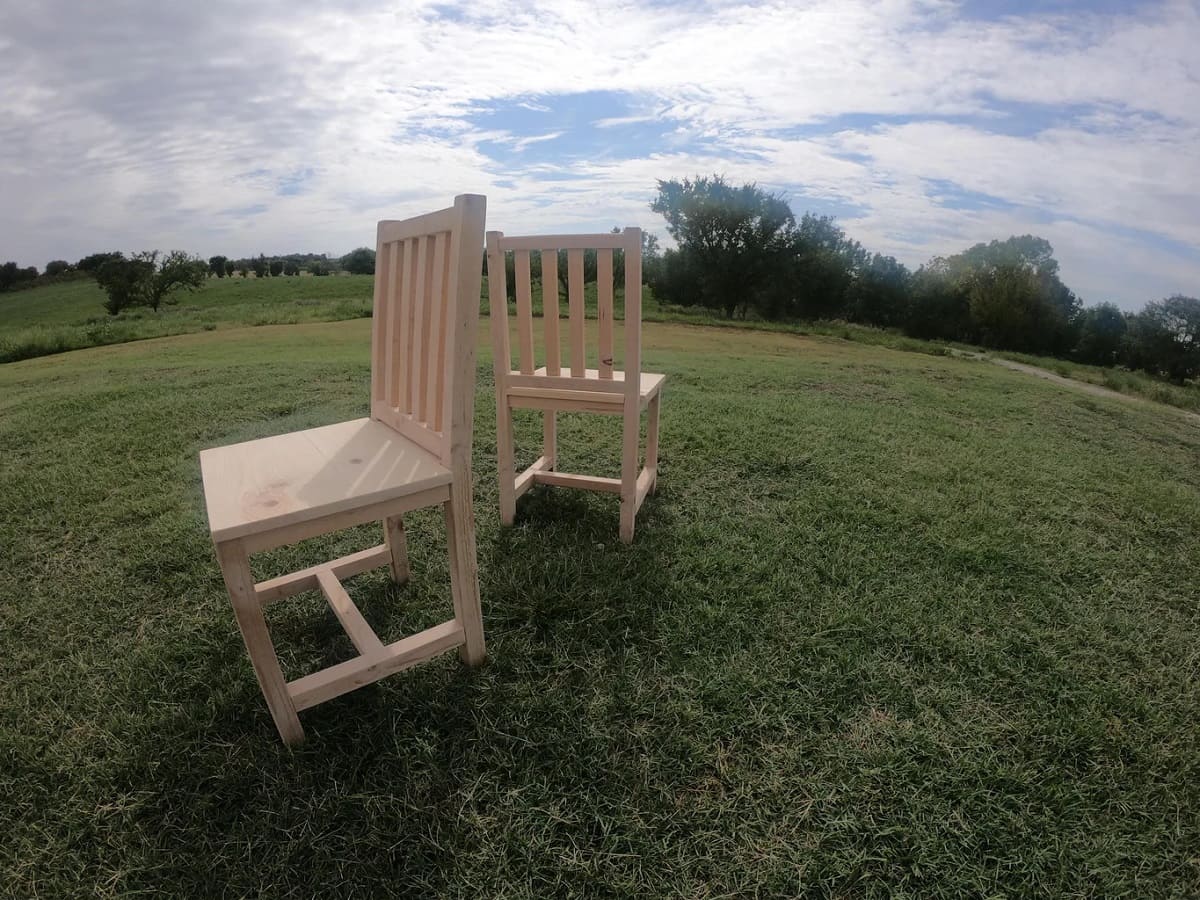
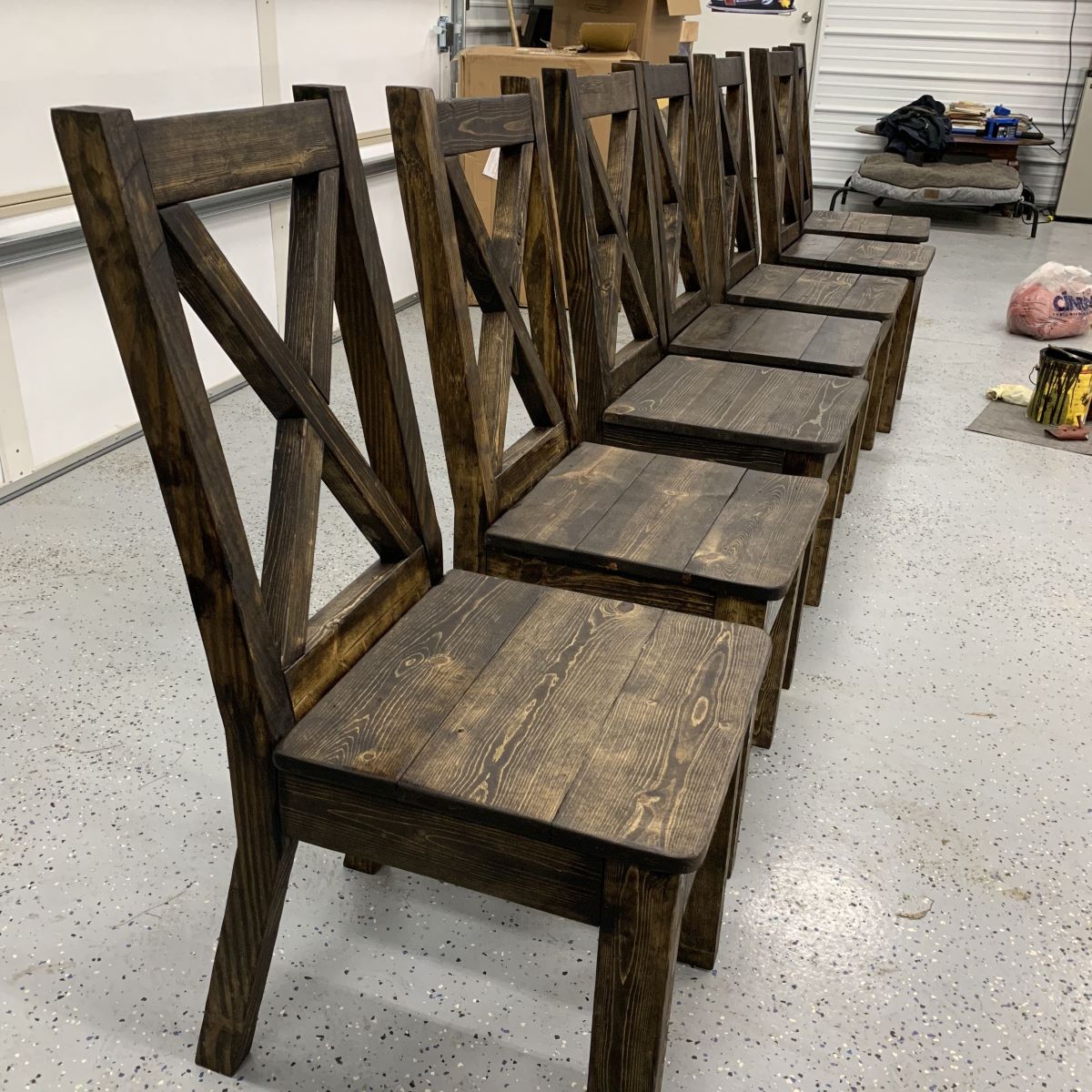
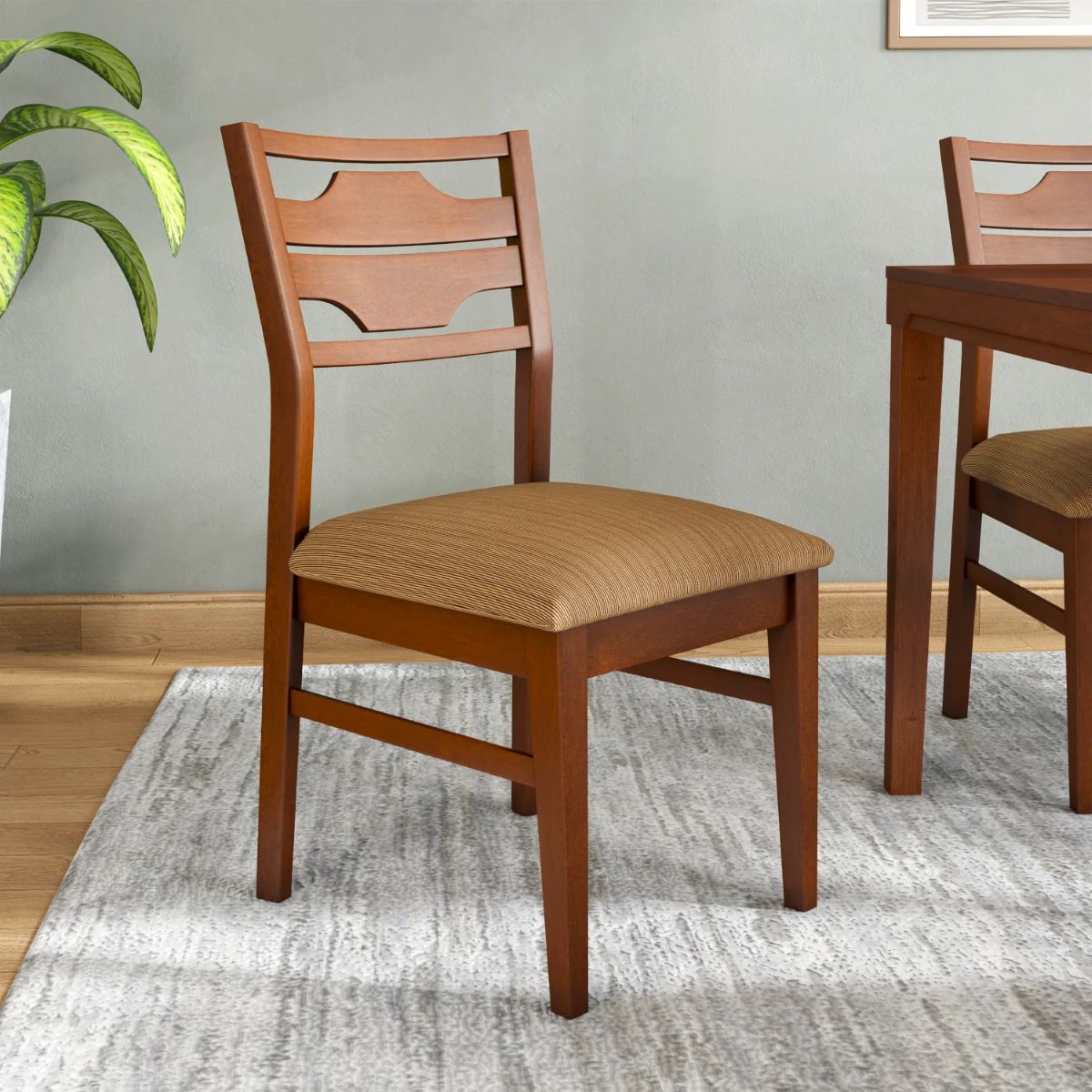

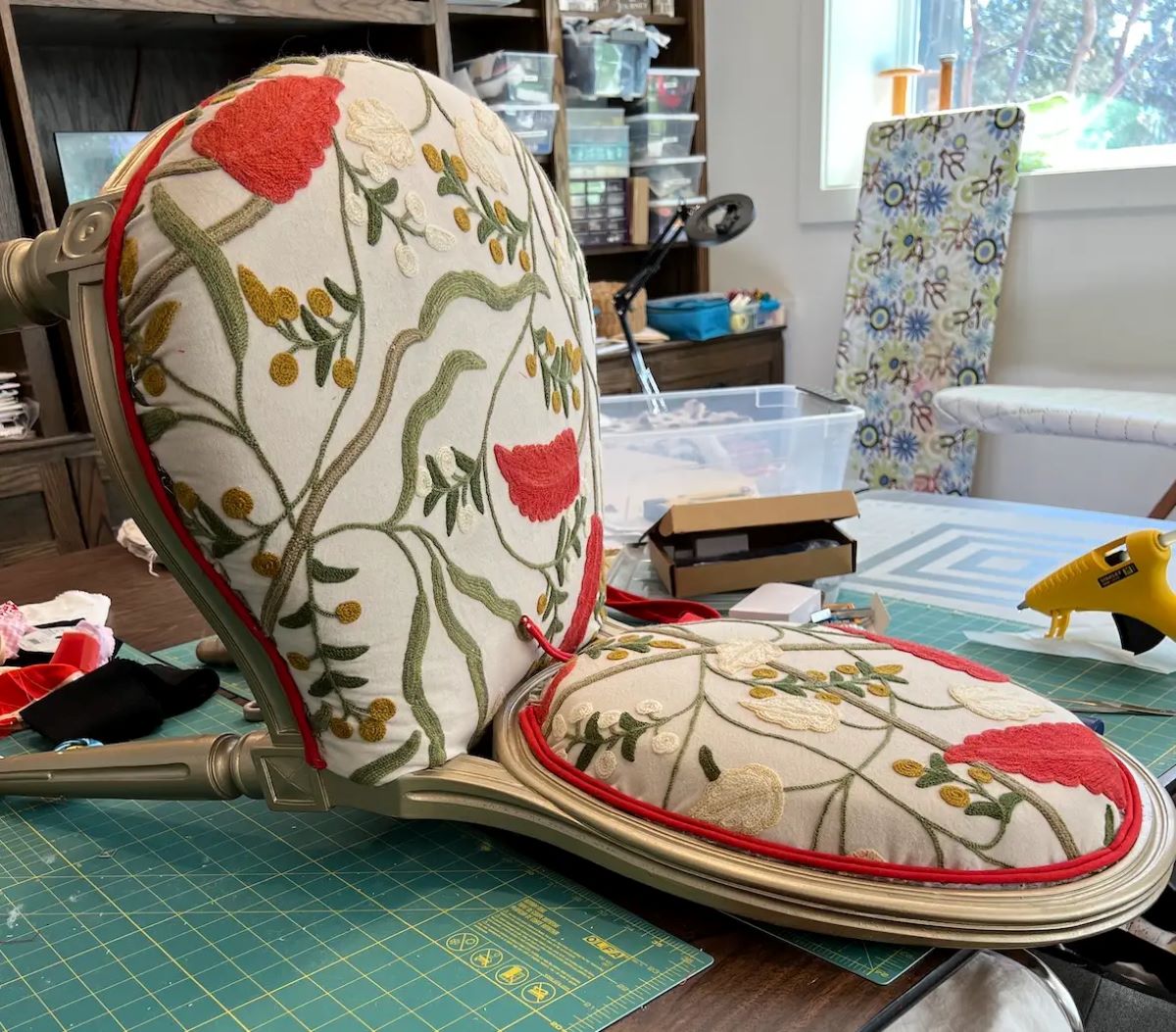


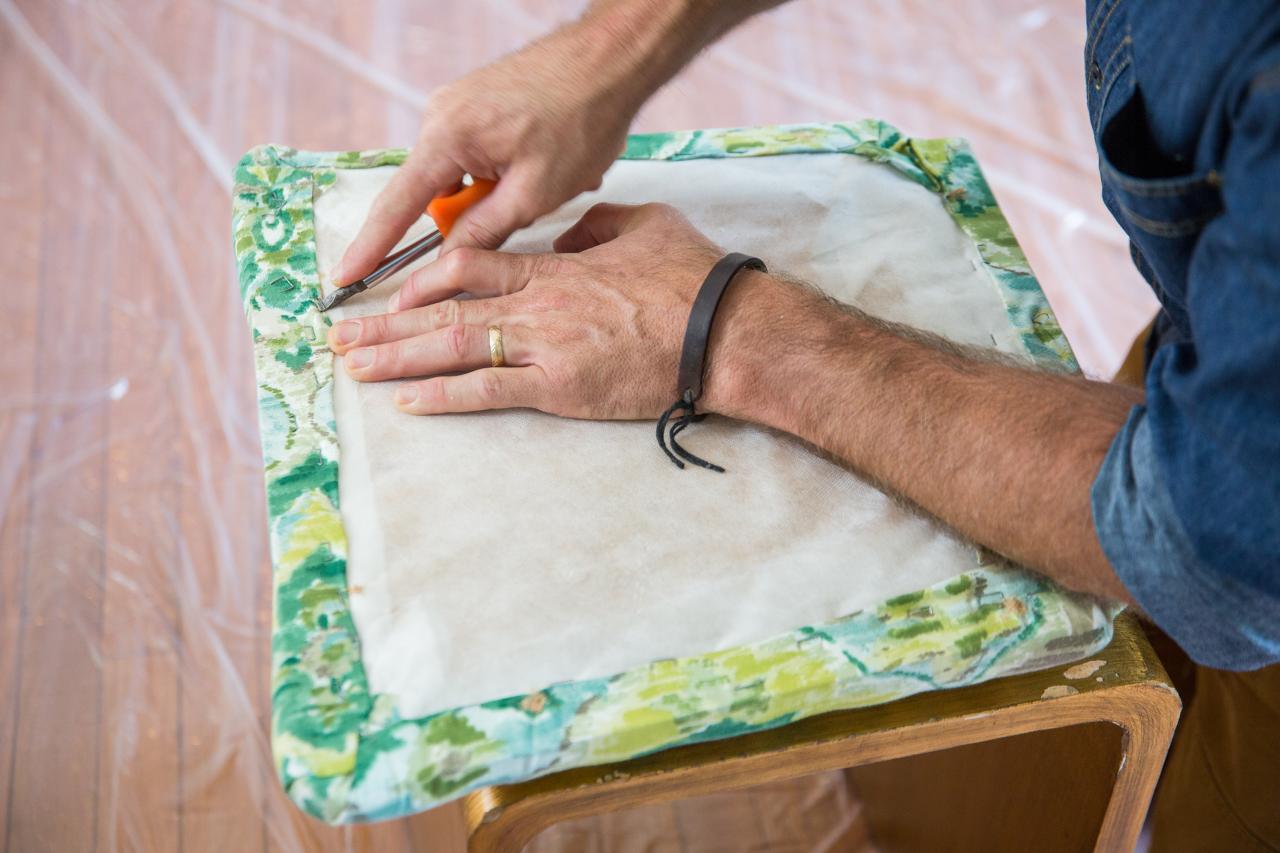

0 thoughts on “How Thick Should Foam Be For Dining Room Chairs”